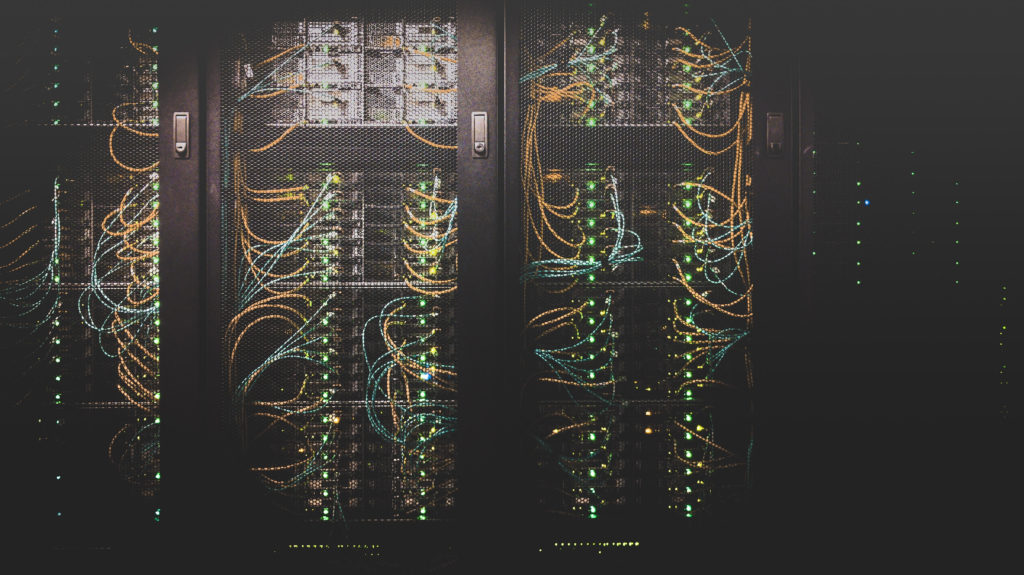By Steve Price, Owner & Creative Director, Plan-B Studio
Reading this, it’s likely you’ve sent or received one email so far today, or even 10 or more? Perhaps you have been working on documents on ‘the cloud’? Whether emailing or working on ‘the cloud’ the last thing you’re probably thinking about is the carbon footprint? Well, you should.
Our emails are a big problem. Did you know an email with large attachment generates 50 grams of CO2 from the power required to send and receive it? Don’t take my word for it. This is information is from the book by Mike Berners-Lee, brother of Tim Burners-Lee: “How Bad are Bananas?: The Carbon Footprint of Everything”. That adds up when you consider we send 281 billion emails every day.
For context: the average full-time officer worker will send/receive 140 emails a day. Which is 34,300 emails a year creating 168kg of CO2. This is the same as if you had used 16,800 plastic carrier bags, or drunk 2,100 disposable cups of tea or coffee with a serving of milk or drove 237 miles in an average car.
Back in 2011, Mike Berners-Lee estimated that (on average) a year of emails adds up to around 135kg of CO2 emissions every year. Similar to driving a combustion engine car 200 miles. That was 2011. That’s just email.
The launch of 5G, the endless introduction of IoT devices, cryptocurrency and more and more of us relying on ‘the cloud’ is set to only compound the problem. As more of us and our devices become connected, more data needs to be processed.
Processing this amount of data requires two important sources”Š–”Šelectricity and water.
Electricity
Think about your electric bill at
home”Š–”Šthen imagine what a bill for 10,000 servers, operating 24/7 is likely to
be!
Data centres are havens for ‘dormant pollution’, ie. stored emails make servers
run uninterrupted despite not being actively used.
In 2016, it was reported that the world’s data centres used more than
Great Britain’s total electricity consumption”Š–”Š416.2 terawatt hours,
significantly higher than the UK’s 300 terawatt hours. Equalling three percent
of the global electricity supply and accounting for about two percent of
total greenhouse gas emissions, data centres have the same
carbon footprint as the aviation industry.
Renewables, solar-power, wind-powered
But wait, you’ve seen these centres
in the desert in the US, and they’ve got solar-power, right? Correct, using
renewable energy is under way but has much, much further to go to offset
the growth in internet traffic, experts say.
Even if the industry were able to shift to 100 per cent renewable electricity,
the volume of energy they would need would put intolerable pressure on the
world’s power systems. Source: Independent.co.uk
By 2025 data centres could consume a
fifth of global electricity. By 2040, storing digital data is set to create 14%
of the world’s emissions, that’s around the same proportion as the
entirety of US does today. Considering only half of the world’s population
is connected to the internet, the numbers are only set to go one way, spoiler:
UP.
Did you know?
In the US, an average piece of digital data (mail, download, video, web request.
Source: ADEME) travels 15,000 km before reaching your screen. Why?
The price of electricity. Companies capitalise by locating their data centre
facilities in places where the cheapest electricity is available. Since
data travels so fast, there’s no real incentive to place data centres
close to where people might need them.
Water
Computers, servers, electrical wiring
and water? Well, yes. There are over 3 million data centres in the US alone
and they require huge amounts of water. The water is used to cool the
servers, which heat up from being in use 24/7, and indirectly from water
being used in the same way at the power plants they get their electricity from.
An article from 2009 by a data centre designer and researcher at
Amazon is worrying. He estimated a 15-megawatt data centre can use up to
360,000 gallons of water a day! That’s an Olympic sized swimming pool amount of
water everyone other day. PER data centre.
If it’s broken, fix it
So, our email, attachments and
sending large files. It’s broken and it’s a problem.
At Plan-B Studio we’ve been making some small, but not insignificant
changes this year. A new website, cleansed data, new secure servers. We’ve
also taken advice which you can follow too regarding emails:
- – Unsubscribing from mailing lists we never take notice of
- – Removed all unwanted emails
- – Cleansed our mailing list
- – Cleaned our database
- – Reduced the size of emails by (where possible) lowering the resolution and compressing images and avoid large HTML elements.
- – Linked to files or information online rather than adding an attachment.
The last item that got us thinking.
We’re often approached to send out tenders, requests for ‘decks’ showcasing
our work.
Problem: we’re perfectionists. We take great pride in ensuring our work is
presented without any compression or loss of quality. This creates large
files, too large to email without crashing clients mailservers and being ‘that
agency’ who ruined the IT departments year.
We have used WeTransfer for years. But we’re sending more and more large PDF
files (avg.138mb!), sometimes several times a day. As part of our ‘small
but not insignificant changes’ we decided to ask”Š–”Šis there a better way?
Can we ‘link to files or information online rather than adding an
attachment’?
The answer was a big, fat, beautiful: YES.
We built our own Presentation Tool
within the CMS of our website. Built with a series of pre-designed templated
modules.
Our presentation tool minimises energy requirements, it doesn’t load any
additional assets or images. We select the projects we want to feature,
which are simply replicated from our website and hosted on our server.
The only energy generated is on-demand, when/if a recipient clicks on a
project.
Each presentation creates a random (editable by us) and personalised URL.
Allowing us to quickly create a curated selection of work, include
testimonials, stories, quotes, introduction slides and a welcome message to our
guest.
This way we create a little bit of personalisation online, we curate the work
we want to show, in the order we want to show it. We include anecdotes,
information and all with one simple email with a link.
We’re trying, we hope this was helpful.









